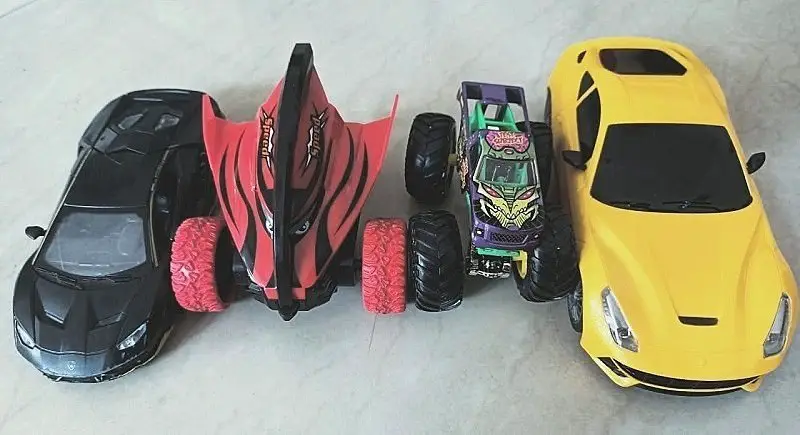
Toy cars are favorite with kids of all ages and are great toys for creative play. They’re also standout developmental toys that help kids with their gross and fine motor skills as they push cars back and forth.
Kids love cars and its common to see kids have all kinds of toy cars in their toy box. The miniature version of cars have always been popular with kids, right from the days of the first Matchbox vehicles which were created in the 1950s.
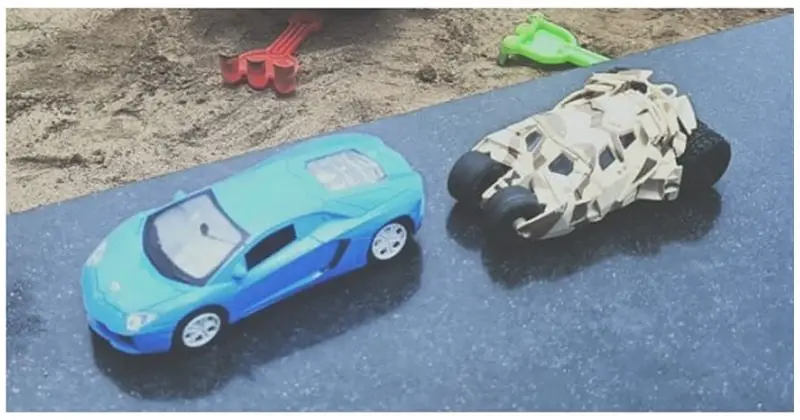
Various types and make of toy cars
You must have noticed that most toy cars available nowadays are a replica of the real version. You will find a smaller sized toy car for the most popular car models, and there is also a lot of variety on offer.
A toy car is basically a miniature representation of a real car/automobile and you will find different styles of toy cars such as vintage toy cars, luxury toy cars, sports cars, toy SUVs, and more.
Most toy cars are made either of metal or plastic. As far as the types of toy cars are concerned, you get the smaller sized toy cars with pull/push mechanism. You get remote-controlled toy cars, and the bigger sized ride-on cars.
Similar to how designers sketch the design of a car before it goes into production, toy manufacturers also design sketches of a toy car before it is produced. This helps them to identify the main parts of the car and the various colors, before actually producing them (it helps to make the production more efficient).
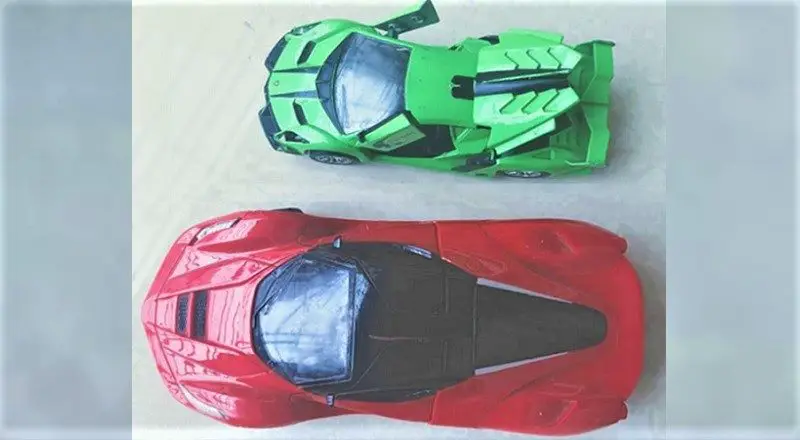
Benefits of playing with toy cars
Besides serving as great products for creative and pretend play, toy cars also help develop gross and fine motor skills as kids push the cars back and forth. Not only are these toys fun to play with, they also engage kids sensorily. These toy cars enable motor skills, problem-solving, and creativity, environmental exploration.
Playing with cars make kids understand the cognitive concept of cause and effect — as they understand how the car reacts when it’s given a hard push or a soft push. For older babies and toddlers, you should consider buying chunky toy cars that are safe to mouth and chew on.
Also, another interesting thing that I have observed is that kids love to play with these toy cars differently, even though every toy car uses similar parts. So, some kids will line them up one behind the other, some may drive them down some slope, others like them to crash onto the walls, and so on.
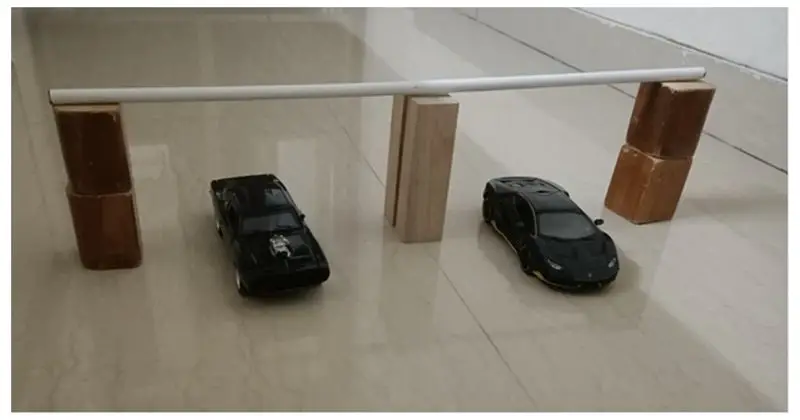
- Materials used: metals, plastic (usually made using die-casting method)
- Mechanism: pull-back, remote controlled, ride-ons
Over the years, toy cars have become more realistic (thanks to advancements in technology) and its common for most toy cars to have lights, sounds, and sensors.
Here we have listed the best toy cars currently on the market. And you don’t need gas to get these moving.
RC Car Toys for Kids
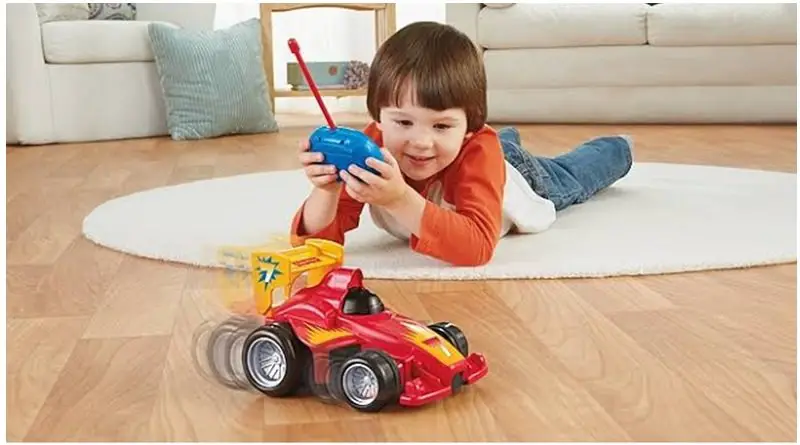 Remote Control (RC) Cars for kids ranging from a basic battery-powered toy to something that looks like a real car. Read more here.
Remote Control (RC) Cars for kids ranging from a basic battery-powered toy to something that looks like a real car. Read more here.
Die-cast Toy Cars
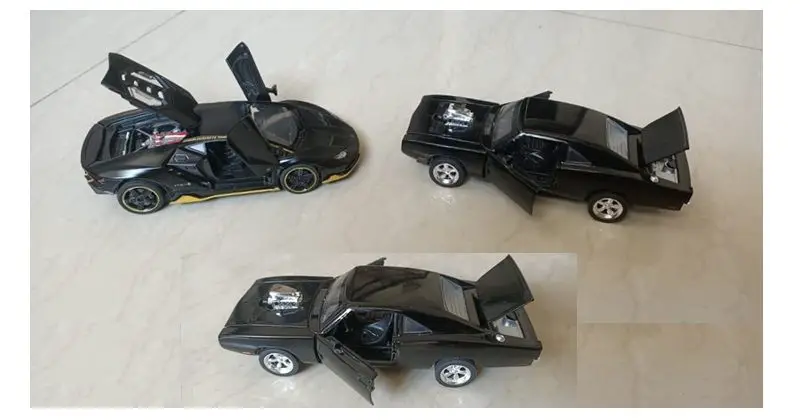 Die-cast metal toy cars for kids that look like real cars. Read more here.
Die-cast metal toy cars for kids that look like real cars. Read more here.
Plastic Toy Cars
 These are among the cheaper toy cars as these use plastic as the main material. It’s common to find multiple cars of different colors bundled in a package as kids love it to own multiple cars of various colors. These are available in various sizes and you will also find many pull-back cars.
These are among the cheaper toy cars as these use plastic as the main material. It’s common to find multiple cars of different colors bundled in a package as kids love it to own multiple cars of various colors. These are available in various sizes and you will also find many pull-back cars.
Ride-on Electric Cars for Kids
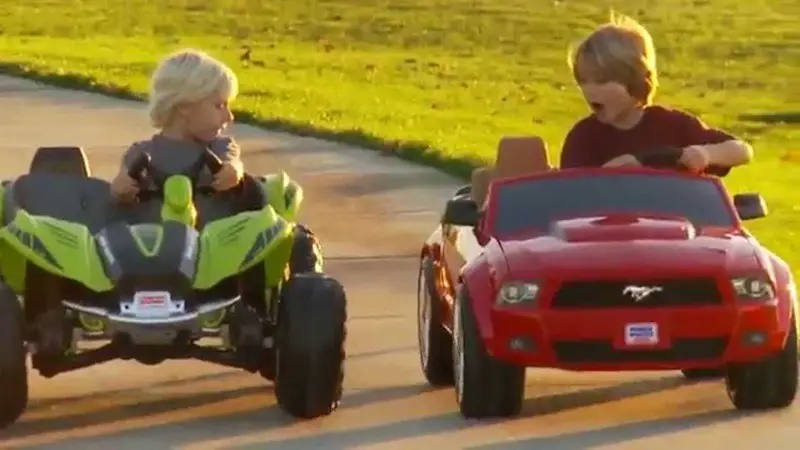 The best electric ride-on cars that look like the real one but are a smaller version and come with several exciting features that kids will enjoy. Read more here.
The best electric ride-on cars that look like the real one but are a smaller version and come with several exciting features that kids will enjoy. Read more here.
Ride-on Trains for Kids
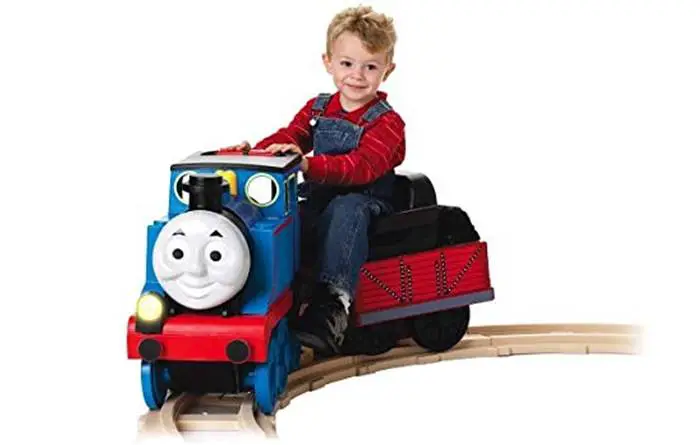 Best ride-on trains for kids (with tracks), including Thomas and Friends, and more. Some of these even come with tracks that can be safely placed in any room. Read more here.
Best ride-on trains for kids (with tracks), including Thomas and Friends, and more. Some of these even come with tracks that can be safely placed in any room. Read more here.
Funtoyworld is a family-managed website with me (Ben), and my wife doing most of the work. We are proud parents of two wonderful kids and love reviewing toys. We have a firm but friendly “democratic parenting” style and offer several practical suggestions backed by extensive research. Our own experience with raising two children prompted us to share our knowledge. Read more.

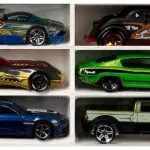
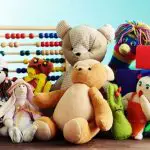


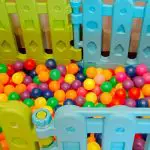
Leave a Reply